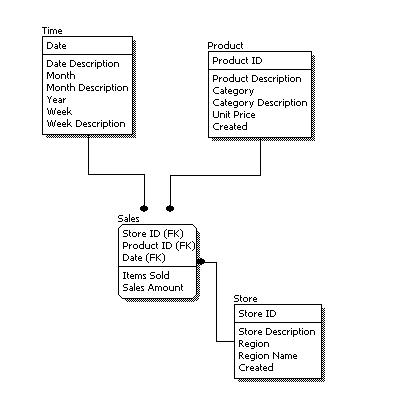AdBlock Detected!
Our website is made possible by displaying ads to our visitors. Please supporting us by whitelisting our website.
Logical Data Model |
A logical data model describes the data in as much detail as possible, without regard to how they will be physical implemented in the database. Features of a logical data model include:
The steps for designing the logical data model are as follows:
The figure below is an example of a logical data model.

Comparing the logical data model shown above with the conceptual data model diagram, we see the main differences between the two:
Our website is made possible by displaying ads to our visitors. Please supporting us by whitelisting our website.